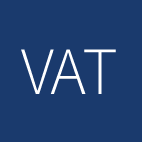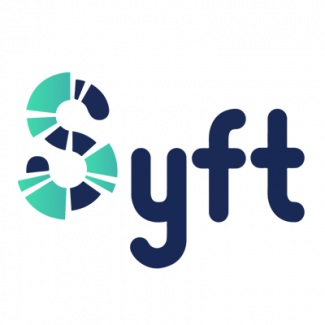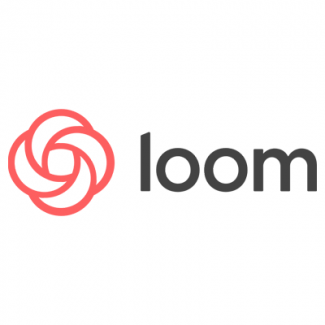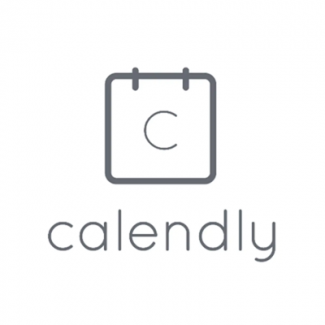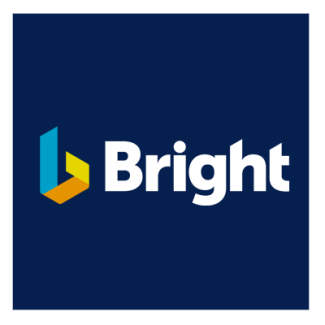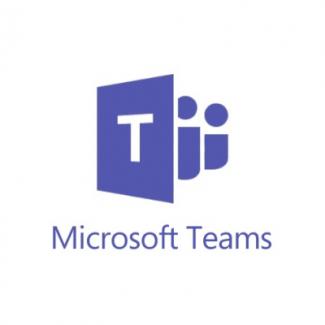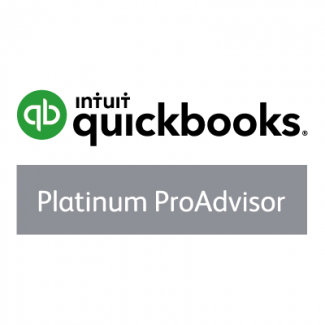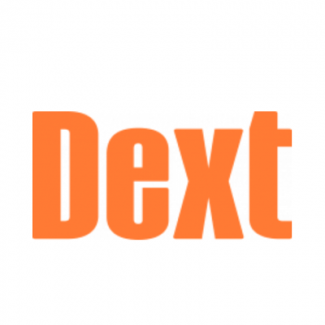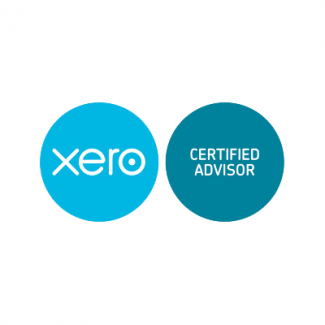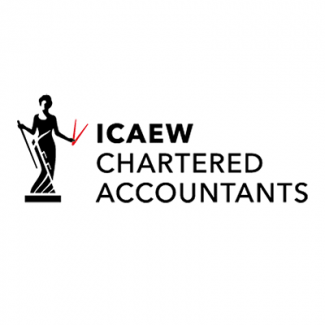Tax rates and allowances (Table A)
As announced last year, the main tax-free personal allowance is increased to £11,500 (up from £11,000), and the basic rate applies to the next £33,500 of income (up from £32,000). This means that the threshold for 40% tax will be £45,000 for 2017/18 (except in Scotland). The Chancellor also confirmed the Government’s intention to raise the personal allowance to £12,500, and the 40% threshold to £50,000, by the end of this Parliament.
There were no other significant changes to rates and allowances, which are now extremely complicated (see the Table on page 13). An individual’s total tax liability on any given amount of income will vary considerably depending on the components of that income (for example, salary, profits, rent, interest, dividends). On a simple salary of £45,000, the Income Tax payable will be £500 less in 2017/18 than in 2016/17.
For the first time, the tax thresholds for Scottish taxpayers will be different from those who live in the rest of the UK: the personal allowance is £11,500 but the basic rate band is cut to £31,500, with the result that the higher rate threshold has been frozen at the 2016/17 level of £43,000. This potentially increases the tax liability of higher earners in Scotland by £400 (20% of £2,000) compared to residents elsewhere in the UK with the same income.
Additional Income Tax allowances
As previously announced, from 6 April 2017, new allowances of £1,000 each will apply to trading and property income. The allowances can be deducted instead of actual expenses, so if the total income is less than the allowance, it will not be taxed. It will simplify the system for both taxpayers and HMRC if small amounts of income can legally be ignored, rather than requiring a tax return for a trivial liability. In 2017/18, a basic rate taxpayer will have separate tax-free allowances of £1,000 for rental income and self employed income, and nil rate bands of £1,000 for savings income (interest) and £5,000 for dividends, as well as the main personal allowance of £11,500 – potentially a total of £19,500 of income with no tax to pay. The separate ‘rent a room’ allowance for renting part of the taxpayer’s main residence can cover a further £7,500.
The dividend nil rate band, introduced for the first time for 2016/17 at £5,000, will be reduced to £2,000 from April 2018. The rates of tax that apply to dividends above this figure are 7.5%, 32.5% and 38.1%, so this represents a tax increase in 2018/19 of up to £225, £975 or £1,143, depending on the level of other income.
Tax-free childcare
New tax-free childcare accounts were announced in 2014 to replace the employer-provided childcare voucher scheme. Introduction has been delayed by legal disputes involving organisations involved in administering the existing scheme, but the new accounts will at last be introduced in April 2017 and rolled out to all eligible parents over the coming year. The rules are complex, but where both parents work and earn at least £115 per week (but neither earns more than £100,000 per year), they will be able to put up to £8,000 a year into an account which the Government will top up with 25p for every £1 contributed by the parents. This account can only be used to pay for childcare.
